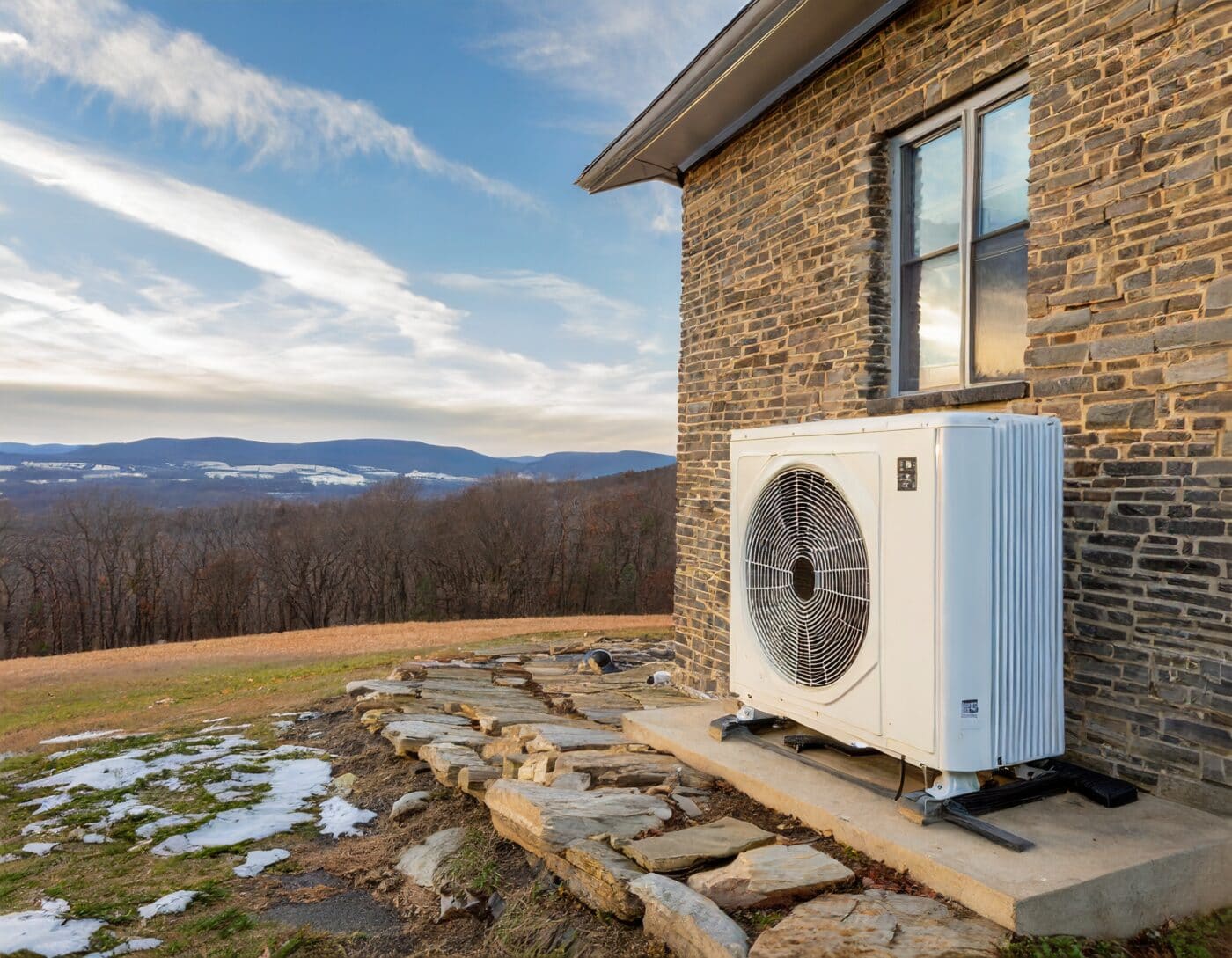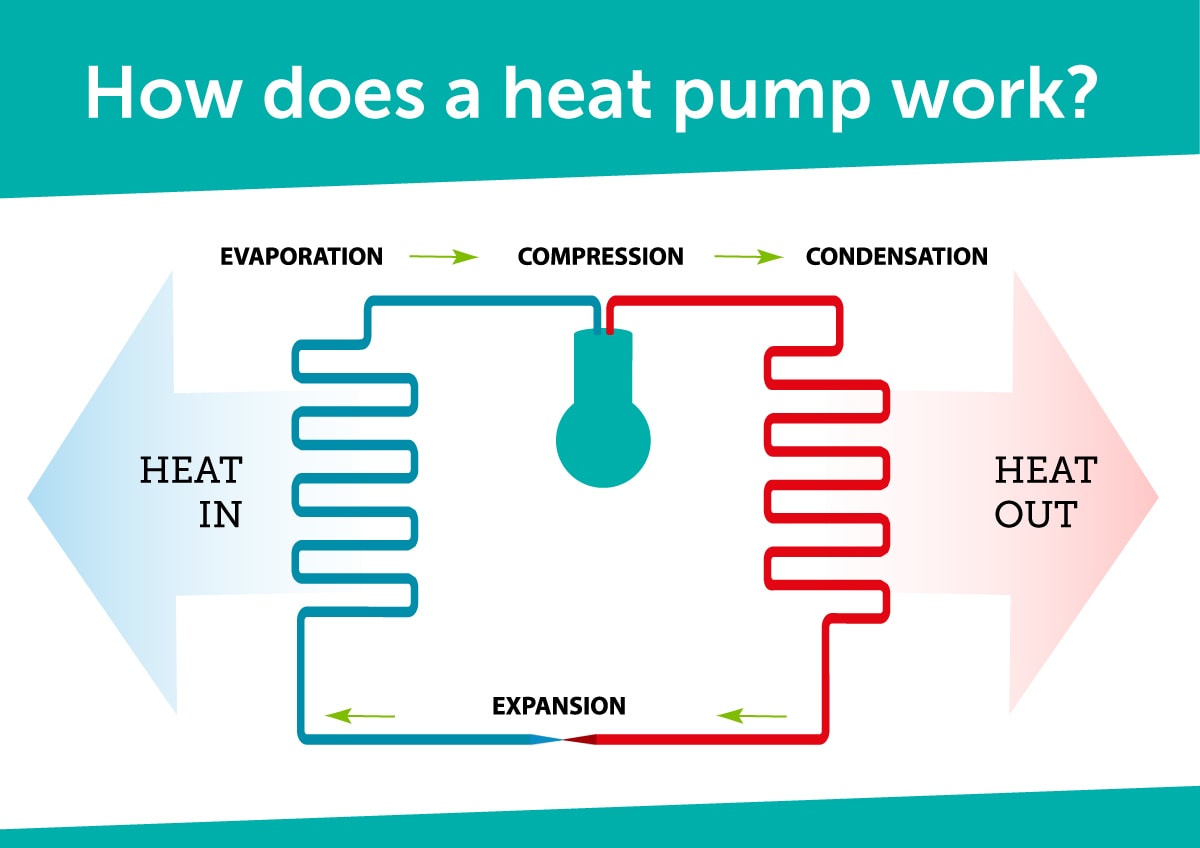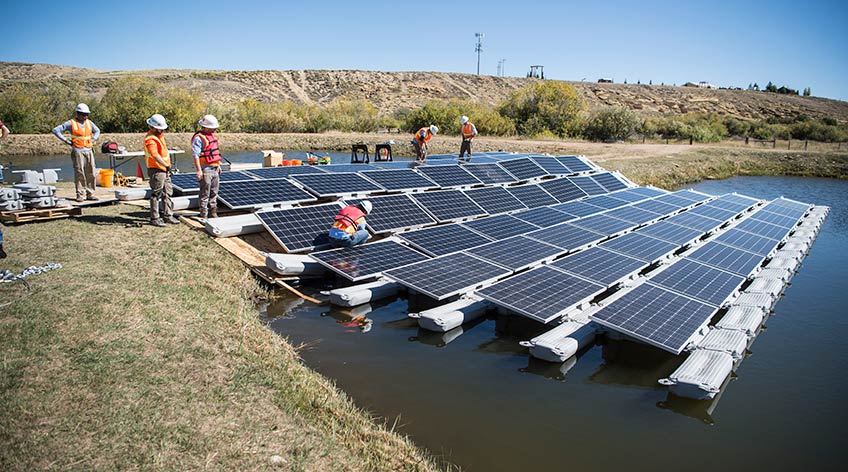In November 2022, home oil prices reached the highest they’ve been since the U.S. Energy Information Administration has been keeping tabs: $5.90 a gallon. Unsurprisingly, that’s around the same time that I started looking into replacing the oil-burning furnace in my home in the Hudson Valley with heat pumps. Due to, well, life, the heat pumps won’t be installed until April, meaning I got stuck with my furnace for this one last winter. And, of course, it had to go on the fritz last month, the motor needing replacement.
While chatting up the service tech as he examined the furnace, I let slip that I was having heat pumps installed and soon wouldn’t be needing the clunky old thing. He vehemently disagreed. Heat pumps may be fine and dandy in England, he said, but they wouldn’t stand up to our Northeastern winters.
That got me worried. Was I making a mistake? Do heat pumps make sense in the Hudson Valley?

How Heat Pumps Work (Including Cooling!)
“Heat pumps pull energy from the outdoor air or from underground and convert it to useful heat for your home in the colder months,” says Bethane Quinn, communications manager for the New York State Energy Research and Development Authority. “This heat exchange cycle flows in reverse to remove heat and cool your home in the warmer months.”
Quinn explains that there are two types of heat pumps: air-source heat pumps and ground-source (geothermal) heat pumps. Air-source heat pumps extract ambient heat from the air outside of your home and transfer it into your home, thereby heating it. Ground-source heat pumps do the same, but with ambient heat from underground. Despite the name, heat pumps — both air-source and geothermal — can also cool your home, extracting heat from inside and transferring it out. They can accomplish this through existing ductwork from a previously installed heating and cooling system or “ductless” with consoles throughout the house independently feeding in and out.
“[Heat pumps] can service whole homes, zoned areas, or even single rooms, make use of existing ductwork or operate without any ductwork at all, and can be installed in any existing building regardless of its age or existing HVAC systems,” says Quinn.

But How Effective Are Heat Pumps in the Valley?
Like me, Fanon Frazier has a home with an oil-burning furnace in the Hudson Valley. Unlike me, Frazier’s already had heat pumps installed. Last year, after completing an extension to his family home in Woodstock, Frazier was looking for alternatives to oil, due primarily to price. “The upkeep and oil are expensive,” says Frazier. “We wanted a more affordable option.”
While the cost of home oil has fallen by a third from its peak in 2022, heat pumps are still the most efficient heating and cooling systems on the market today.
In addition to those savings, heat pumps also have some attractive rebates and tax credits. As of early spring 2024, NYSERDA reports that whole home air-source heat pumps may be eligible for instant rebates of $2,000 on average from Central Hudson, plus an additional $2,000 in federal tax credits. Ground-source heat pumps may also be eligible for instant rebates of $9,100 on average from Central Hudson, as well a 30% federal tax credit and 25% state tax credit.

Another factor for a lot of people making the switch to heat pumps, including Frazier and myself, is the environment. Home heating oil contributes to climate change, with the emissions from oil-burning furnaces being released directly into the atmosphere, thereby increasing the “greenhouse effect” and further warming the entire planet. Switching from oil to heat pumps, which run solely on electricity, is such an effective means of reducing greenhouse gas emissions that it’s incorporated into New York State’s official plan to fight climate change.
“New York’s Climate Leadership and Community Protection Act was signed into law in 2019 and is among the most ambitious climate laws in the nation and requires New York to reduce economy-wide greenhouse gas emissions 40% by 2030 and no less than 85% by 2050 from 1990 levels,” says Quinn. “New York’s Climate Action Council Final Scoping Plan found energy efficiency and end-use electrification are essential parts of any pathway that achieves New York State emission limits and recommends approximately one to two million efficient homes must be electrified with heat pumps by 2030.”
But cost-saving and tree-hugging aside, how do heat pumps perform? Do they stand up to our Hudson Valley winters, where temperatures recently dipped to just 1 degree Fahrenheit, as reported by the National Centers for Environmental Information?
“So far they’ve performed excellently,” says Frazier.
Whew, that’s a relief.













